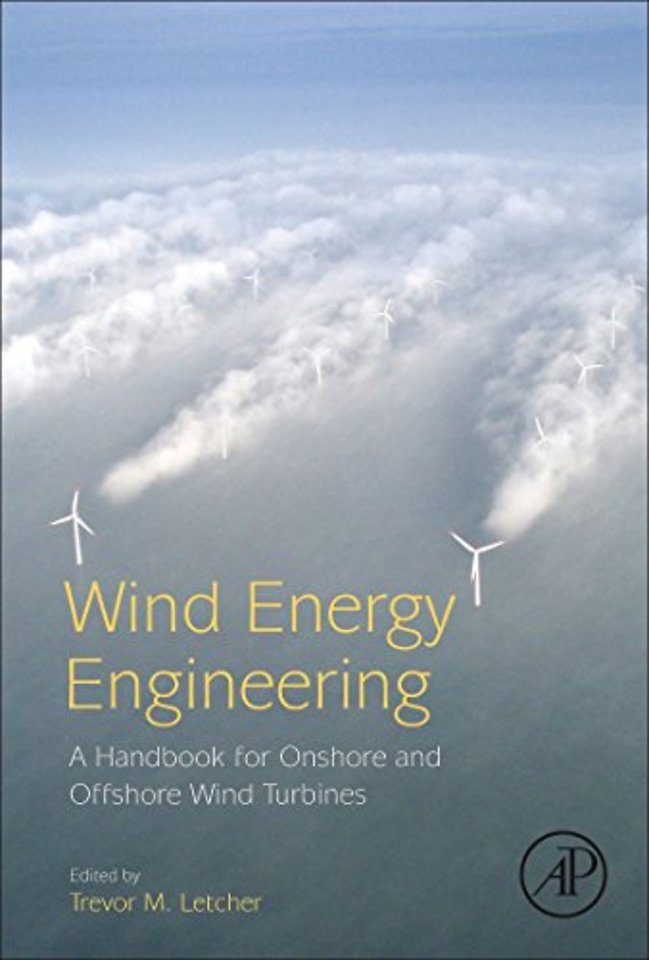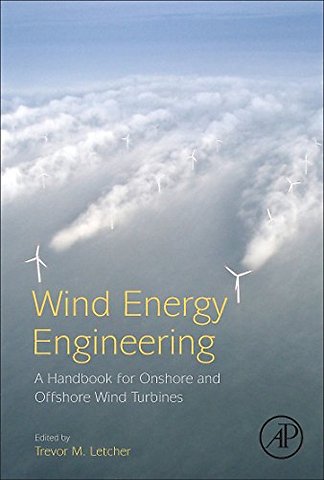Wind Energy Engineering
A Handbook for Onshore and Offshore Wind Turbines
Samenvatting
Wind Energy Engineering: A Handbook for Onshore and Offshore Wind Turbines is the most advanced, up-to-date and research-focused text on all aspects of wind energy engineering. Wind energy is pivotal in global electricity generation and for achieving future essential energy demands and targets. In this fast moving field this must-have edition starts with an in-depth look at the present state of wind integration and distribution worldwide, and continues with a high-level assessment of the advances in turbine technology and how the investment, planning, and economic infrastructure can support those innovations.
Each chapter includes a research overview with a detailed analysis and new case studies looking at how recent research developments can be applied. Written by some of the most forward-thinking professionals in the field and giving a complete examination of one of the most promising and efficient sources of renewable energy, this book is an invaluable reference into this cross-disciplinary field for engineers.

